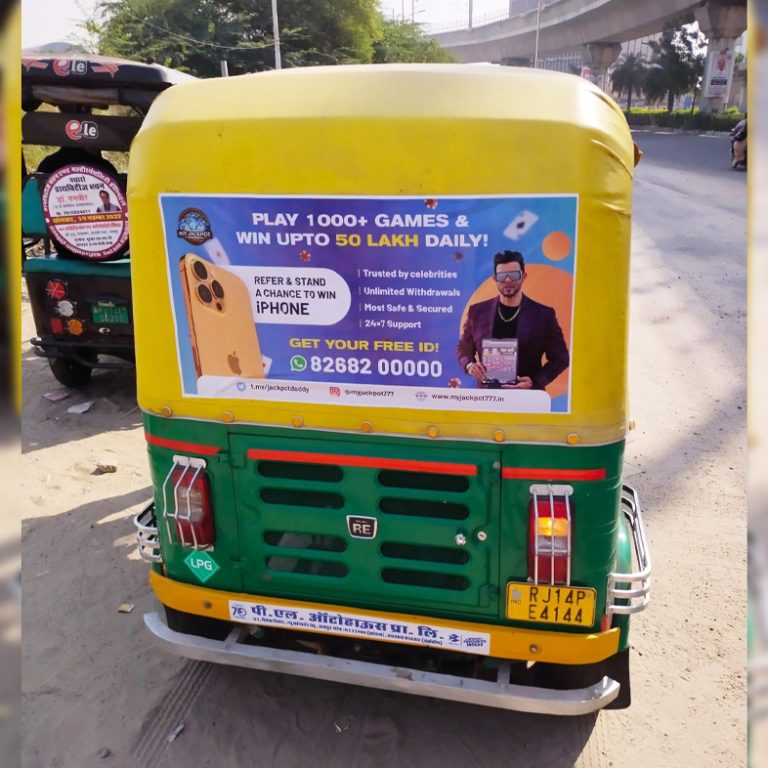Transit Advertising
Transit advertising refers to promotional displays placed in or on modes of public transportation and in areas where people are constantly on the move. This includes buses, trains, taxis, auto-rickshaws, metro stations, railway platforms, and even airports. These ads are strategically designed to target a wide and diverse audience, especially urban commuters, travelers, and pedestrians.
One of the key advantages of transit advertising is its high visibility and repetitive exposure. Since public transport operates on fixed routes and timetables, ads on these vehicles consistently reach specific geographic areas and a broad demographic. Whether it’s a bus wrap, a panel inside a metro train, or signage at a busy station, these visuals become part of the daily environment, embedding brand messages subtly yet effectively in the minds of viewers.
Transit ads also offer excellent cost-effectiveness and extended reach, making them ideal for both local and national campaigns. They are particularly effective for promoting FMCG products, mobile apps, movies, public awareness messages, and events.
Moreover, transit advertising breaks the clutter of traditional media. While people may skip TV commercials or online ads, they can’t ignore a creatively designed auto-rickshaw or a metro panel right in front of them during their daily commute.
Truck Advertising
Truck advertising is a dynamic and impactful form of outdoor advertising where promotional messages are displayed on moving trucks. These trucks travel across cities, highways, and rural areas, carrying large, eye-catching banners or wraps that showcase a brand, product, or campaign message.
One of the biggest advantages of truck advertising is its mobility. Unlike stationary billboards, trucks move from one location to another, reaching diverse audiences across multiple regions in a single day. This makes it an excellent choice for brands looking to increase visibility and create widespread awareness.
The size and movement of the truck naturally draw attention, even in crowded or busy environments. Whether it’s a fully wrapped vehicle or a panel on the sides or back, the creative use of visuals and messaging can leave a lasting impression on both pedestrians and drivers.
Truck advertising is cost-effective, especially for long-term campaigns, and it works well for product launches, local promotions, and brand building. It offers a continuous presence on the road, making sure your message travels far and wide
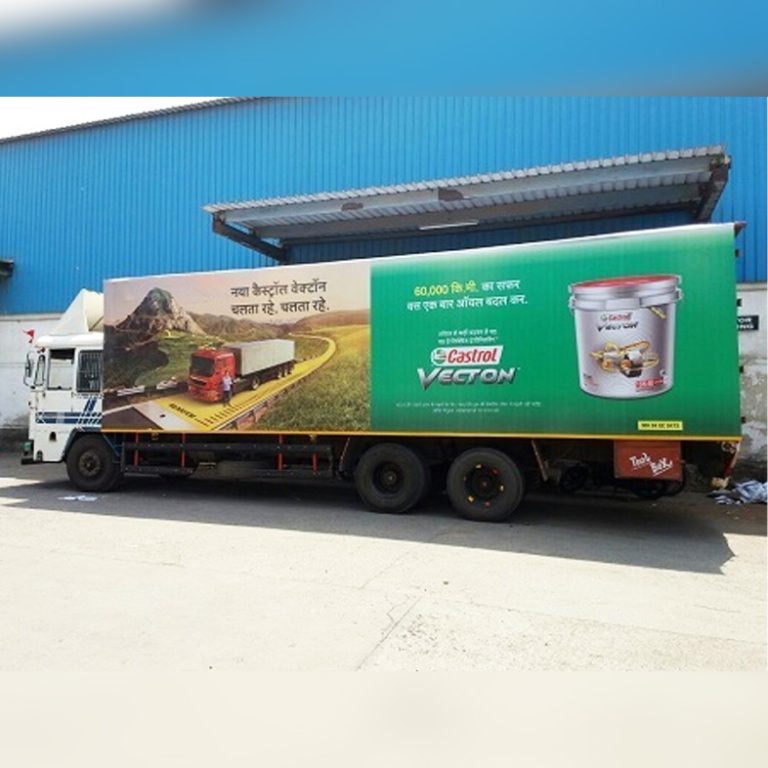
Car Advertising
Car advertising is a unique and cost-effective form of mobile marketing where advertisements are placed on private or commercial vehicles. These ads can be in the form of full or partial car wraps, magnetic stickers, or decals that display a brand’s logo, product, or message while the vehicle moves through daily routes.
This type of advertising turns ordinary cars into moving billboards, allowing brands to gain visibility across various locations throughout the day. Whether the car is parked, stuck in traffic, or cruising through neighborhoods, it continuously attracts the attention of pedestrians and fellow drivers.
Car advertising is especially effective for hyperlocal marketing, as it targets specific areas and audiences with ease. It is a popular choice for startups, delivery services, real estate agents, and even large brands seeking wide exposure without high costs.
One of its main benefits is affordability with long-term impact—once installed, the advertisement stays in place for months, delivering repeated impressions. It’s also a non-intrusive form of advertising that blends into everyday life
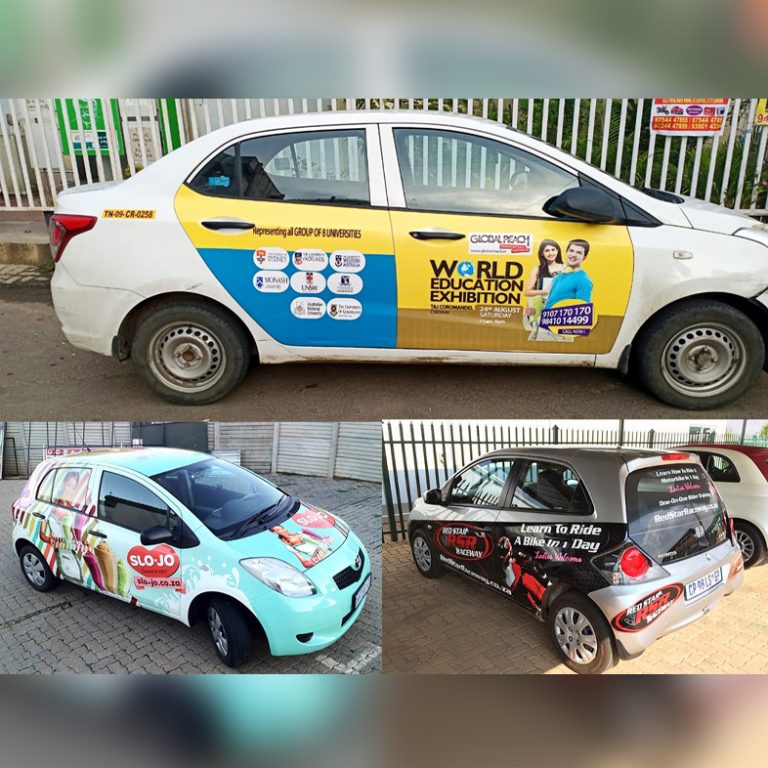
Railway Station
Railway station advertising is a powerful and wide-reaching form of outdoor advertising that targets millions of commuters and travelers daily. With high footfall across platforms, waiting areas, ticket counters, and entry/exit gates, railway stations offer excellent exposure to a diverse audience from all age groups and economic backgrounds.
Advertisements can be placed in multiple formats—billboards, digital LED screens, pillar wraps, staircase branding, and posters. Some campaigns also use audio announcements or branding on benches, kiosks, and even ticket counters to grab attention.
One of the major advantages of railway station advertising is extended dwell time. Passengers often spend several minutes waiting for their trains, making them more likely to notice and engage with surrounding ads. This helps in better brand recall and message retention.
It’s an ideal platform for promoting consumer goods, government campaigns, mobile apps, films, or local services. In tier-2 and tier-3 cities, railway ads also help reach deep rural markets cost-effectively.
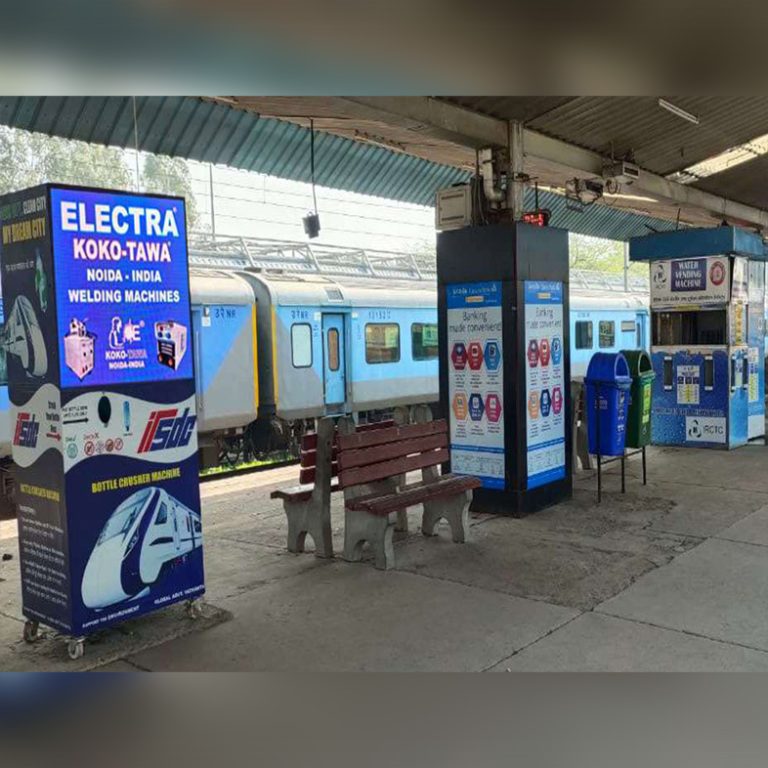
Inside Metro
Inside metro advertising is a highly effective way to reach a large, urban, and captive audience. This form of advertising involves placing promotional materials inside metro trains—on panels above seats, on window glass, doors, handles, or even digital screens. Since metros are widely used for daily commutes, especially in major cities, the exposure to ads is frequent and consistent.
One of the biggest advantages of advertising inside the metro is that commuters are often seated or standing for several minutes, giving them ample time to notice and absorb the messaging. This makes it ideal for detailed campaigns, product promotions, public awareness messages, and brand storytelling.
The metro environment is clean, organized, and distraction-free compared to the chaotic traffic outside, ensuring better focus on the advertisements. Additionally, metro ads reach a diverse demographic—from working professionals and students to homemakers and tourists.
This advertising format allows for creative freedom as well—using vibrant visuals, QR codes for instant interaction, or engaging taglines to connect with the audience
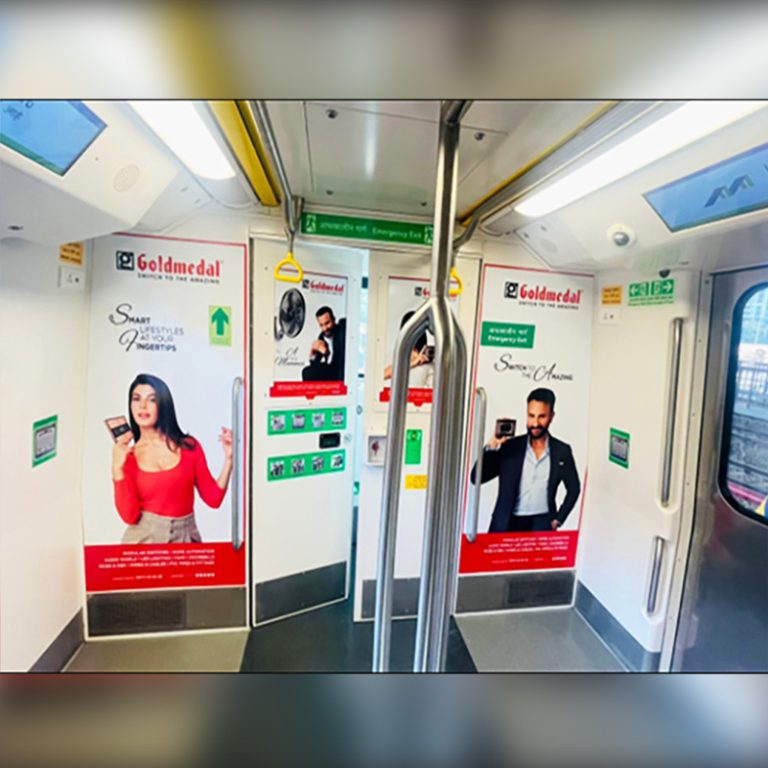
Bus Advertising
Bus advertising is a popular and impactful form of transit advertising that displays promotional content on public or private buses. These ads can appear on the sides, back, roof, or even inside the bus. Options range from full bus wraps and banners to posters and digital screens.
One of the main advantages of bus advertising is its mobility and mass reach. Buses travel through busy streets, residential areas, commercial hubs, and highways, making the ads visible to thousands of people daily—including pedestrians, drivers, and passengers. This ensures continuous brand exposure across different parts of a city or region.
Inside the bus, ads are placed where seated or standing passengers can easily view them, making it ideal for longer exposure times. This form of advertising is highly effective for building brand awareness, promoting local businesses, events, or public campaigns.
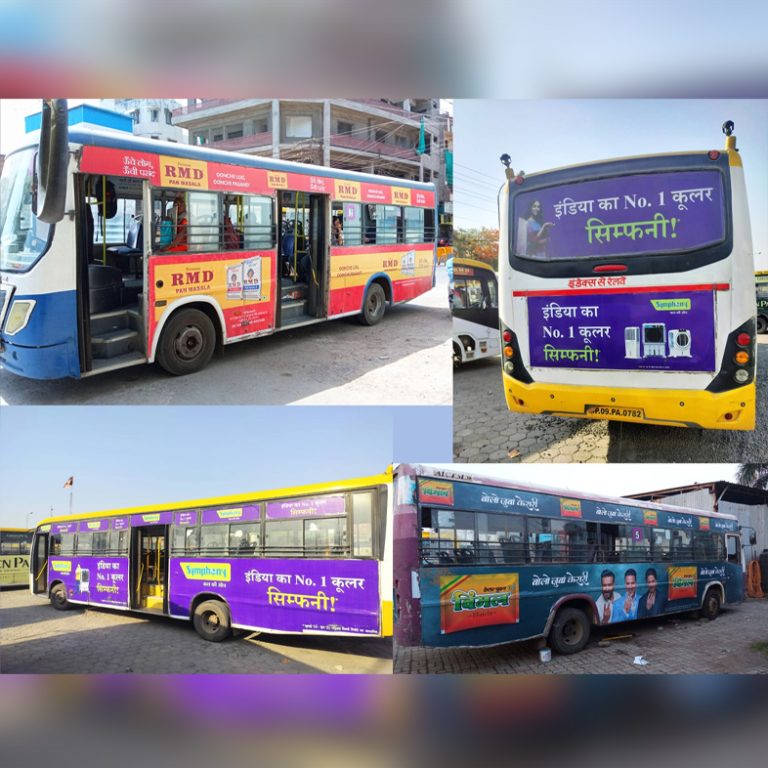
Auto Advertising
Auto advertising is a cost-effective and impactful form of local transit advertising where promotional messages are displayed on auto-rickshaws. These three-wheelers are a common mode of transport in cities, towns, and even rural areas, making them an excellent medium to reach a wide and varied audience.
Ads can be placed on the back panel, sides, roof, or even inside the auto. Some campaigns use full wraps for maximum visibility. Since autos move through narrow lanes, crowded streets, marketplaces, and residential areas, they offer continuous exposure to both pedestrians and other vehicle drivers.
One of the key benefits of auto advertising is its affordability combined with high reach. It’s especially effective for promoting mobile apps, local services, FMCG products, political campaigns, and awareness drives.
Auto-rickshaws also act as mobile billboards, operating from morning till night, often covering hundreds of kilometers across different parts of the city. The repetitive exposure helps in strong brand recall, even on a limited budget
